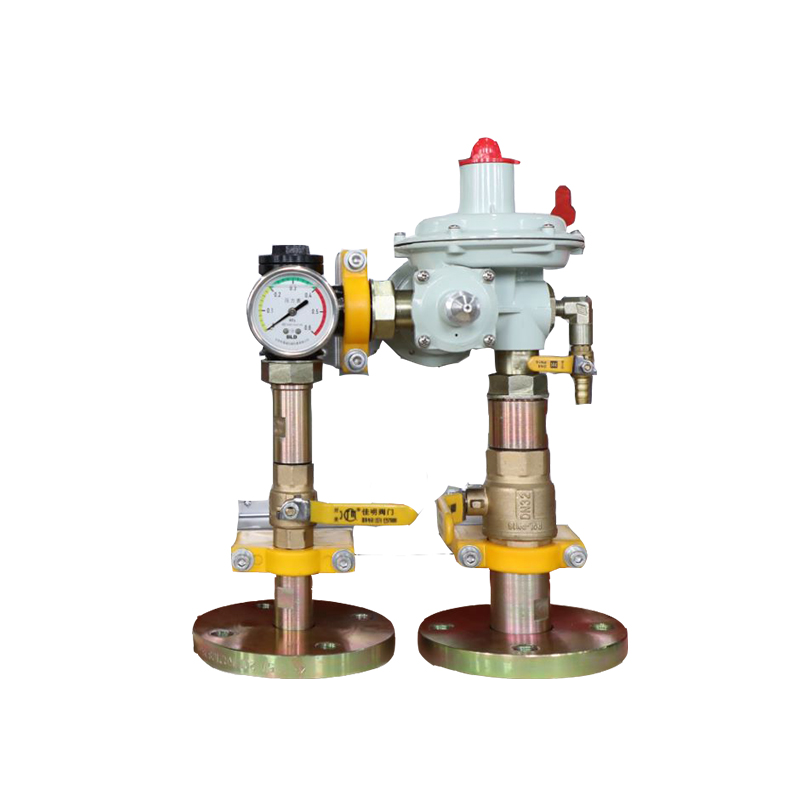
7 月 . 20, 2024 11:05
Back to list
Understanding the Role and Importance of Natural Gas Regulators in Energy Distribution Systems
Understanding Natural Gas Regulators Essential Components for Safe Gas Distribution
Natural gas is a vital energy source that powers homes, industries, and vehicles. However, transporting and distributing natural gas to consumers involves a complex system of pipelines and pressure control mechanisms. One of the key components of this system is the natural gas regulator, which plays a crucial role in ensuring the safe and efficient delivery of gas at the correct pressure.
A natural gas regulator is a mechanical device designed to control the pressure of natural gas as it flows from the supply source to the end user. The primary function of the regulator is to reduce the high pressure of gas from pipelines or storage tanks to a lower, manageable pressure that can be safely used in residential, commercial, or industrial applications. This regulation is vital because different appliances, such as heaters, stoves, and generators, are designed to operate at specific pressure levels. If gas is delivered at an incorrect pressure, it could lead to inefficient operation, potential damage to appliances, or even hazardous safety issues, including gas leaks or explosions.
Natural gas regulators can be classified into different types based on their operation and application. The two main types are first-stage and second-stage regulators. First-stage regulators are typically used at the gas distribution level and reduce the high pressure coming from the main gas supply line to an intermediate pressure that is still higher than what consumers require. Second-stage regulators further reduce this pressure to the levels suitable for use in household appliances.
natural gas regulator

Most regulators utilize a simple mechanical principle a diaphragm or membrane that moves in response to pressure changes. When gas enters the regulator, it pushes against the diaphragm, which in turn opens or closes a valve to maintain a steady output pressure. Modern regulators often come with safety features such as overpressure protection and shut-off valves, which automatically cut off the gas supply if the pressure exceeds safe levels.
Regulator maintenance is crucial to ensure proper functioning and safety. Regular inspection and testing can help identify potential issues like leaks or wear and tear. Homeowners and businesses should work with qualified professionals to conduct routine checks, ensuring that all components, including the regulator, are in good working order. Signs of a malfunctioning regulator may include fluctuations in gas pressure, hissing noises (indicating gas leakage), or failure of appliances to ignite or operate properly.
In addition to their mechanical function, regulators also play a part in environmental safety. By controlling gas pressure, they help prevent the release of excess natural gas into the atmosphere, which is a potent greenhouse gas. Thus, efficient and well-maintained regulators contribute to reducing the carbon footprint associated with natural gas usage.
In conclusion, natural gas regulators are indispensable devices that ensure the safe and efficient delivery of natural gas to consumers. With their ability to manage gas pressure effectively, they protect appliances from damage, enhance safety, and contribute to environmental sustainability. As the demand for natural gas continues to grow, understanding and maintaining these crucial components will become increasingly important for consumers and industry professionals alike. Whether in a home setting or an industrial environment, a dependable natural gas regulator is key to balancing the need for energy with safety and environmental stewardship.
Latest news
-
Unlocking The Quality Gas Pressure ReducersNewsNov.01,2024
-
The Role of Gas Pressure Reducing StationsNewsNov.01,2024
-
The Importance and Functionality of Safety Relief ValvesNewsNov.01,2024
-
The Essential Role of Safety Valves in Natural Gas ApplicationsNewsNov.01,2024
-
The Essential Role of Gas Pressure RegulatorsNewsNov.01,2024
-
Enhance Your Premium Gas FiltersNewsNov.01,2024

